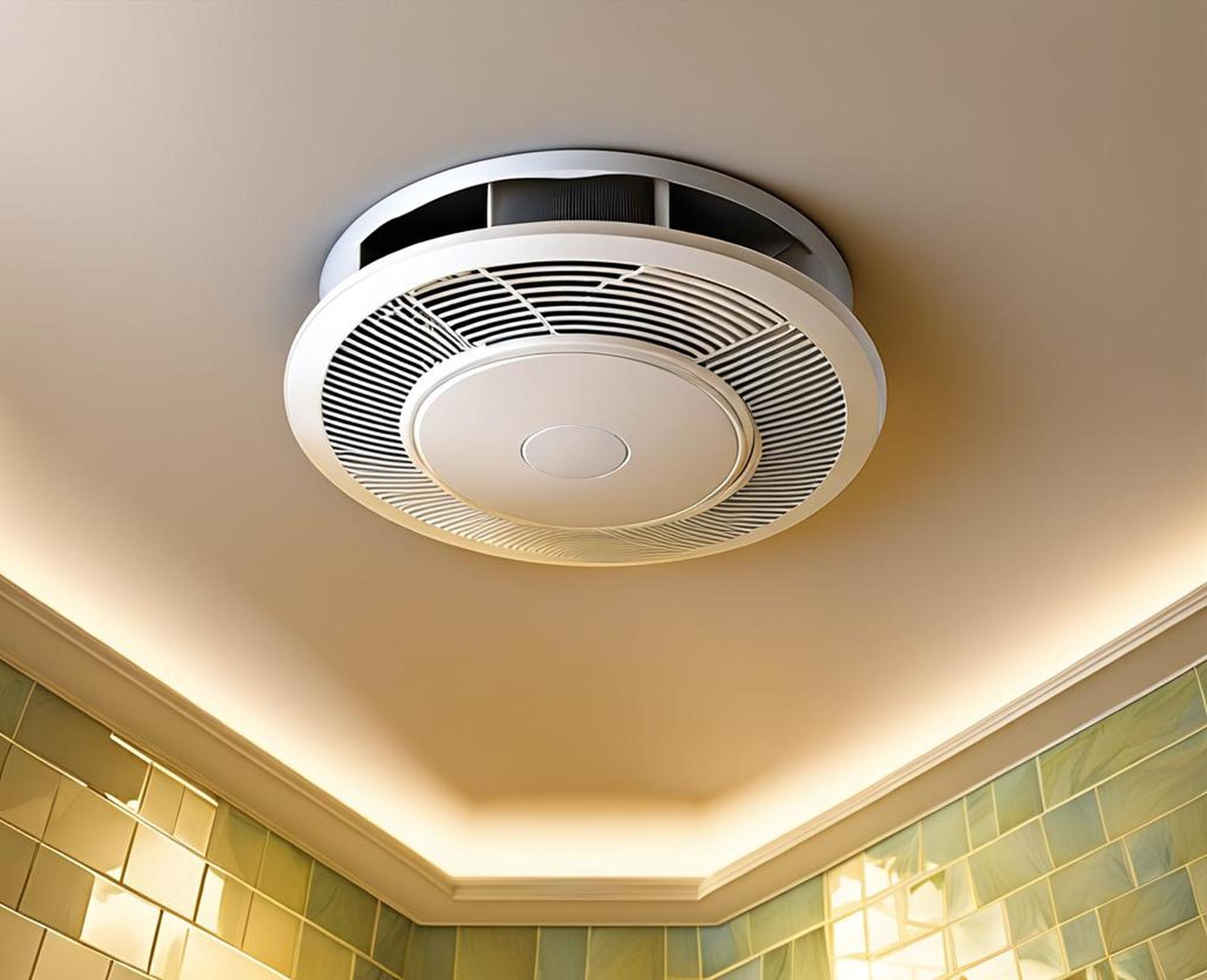Is your bathroom exhaust fan unbearably loud and high-pitched? Does it disrupt your morning routine or keep you up at night with its incessant whirring and buzzing? A noisy bathroom fan is more than just an annoyance – it’s often a sign of a problem that needs attention.
Why Is My Bathroom Fan So Loud?
There are several common culprits behind an excessively loud bathroom exhaust fan:
- Dirt and dust buildup – Over time, dirt, dust, and other debris can accumulate on the fan blades and motor. This throws off the balance and airflow, resulting in noisy operation.
- Lack of lubrication – Fan motors have bearings that need occasional lubrication. A lack of lubrication can lead to grinding and squeaking noises.
- Debris on blades – Hair, lint, and other debris caught in the blades disrupts airflow and balance, causing rattling.
- Misalignment – If the fan becomes misaligned with the exhaust duct, it can vibrate and cause loud whirring.
- Loose or damaged blades – Blades that are bent, unbalanced, or detach can vibrate loudly against the housing.
- Worn out motor – Fan motors gradually wear out over years of use, becoming louder and less efficient.
- Cheap fan quality – Lower quality fans with less power tend to be noticeably louder.
In addition to being a nuisance, a bathroom fan that is excessively loud indicates it’s not ventilating properly. Poor airflow can lead to mold, mildew, and moisture buildup issues in your bathroom over time. It’s best to address the problem sooner rather than later.
Signs Your Fan Needs Repair or Replacement
Here are some signs that your bathroom vent fan needs service or replacement:
- Grinding, squeaking noises
- Buzzing, whirring or rattling sounds
- Loud banging or vibration of ductwork
- Fan seems to run loudly but pushes little air
- Fan is slow to start up or shut off
- Fan is over 10 years old
If you notice any of these issues, it likely indicates a problem with the fan motor, bearings, blades or interior buildup. Older fans over 10 years are also more prone to wear and noise.
Quick Fixes to Silence Noisy Bathroom Fan
For minor noise issues, there are some quick DIY fixes you can try before replacing the whole fan unit:

- Clean fan blades and housing – Remove built up dirt, dust and debris
- Lubricate motor bearings – Use a small amount of electric motor oil
- Clear debris from fan blades – Remove hair, lint, etc. caught in blades
- Check blade alignment – Loose blades can rattle against housing
- Tighten mounting and duct connections
- Replace damaged or unbalanced blades
Caution: Always turn off power to the fan before any inspection or maintenance. If noise persists after servicing, replacement may be required.
When To Replace a Loud Bathroom Exhaust Fan
Replacement is likely needed if:
- The motor bearings are worn out and grinding
- Fan blades are warped, bent or broken
- Ductwork or housing is damaged
- Fan is very outdated and inefficient
- Noise and vibration persists despite servicing
A bathroom exhaust fan has a typical lifespan of 10 years with regular maintenance. However, when the motor bearings fail or blades become damaged, replacement is the best option to resolve noise issues.
Choosing a New Quiet Bathroom Fan
When selecting a replacement bathroom fan, look for the following quiet operation features:
- Higher CFM rating suited for your bathroom size
- Lower sones rating (under 1.5 sones for a quieter fan)
- Sturdy motor designed to run 24/7
- Sealed bearings that won’t require lubrication
- Curved blades to promote smooth, quiet airflow
Also consider convenient extras like humidity sensors, motion sensors, timers, and night lights. Choose a durable, ENERGY STAR certified model for energy efficiency and performance.
Professional Installation Tips
To prevent noise issues when installing a new bathroom fan:
- Use sound-absorbing fan mounts to reduce vibration
- Securely connect fan to rigid ductwork
- Caulk exterior wall cap and all duct joints
- Insulate ductwork to muffle vibration noise
Hiring a professional for installation is recommended to ensure proper ventilation, sealing, and noise reduction.
Maintaining Your Bathroom Fan to Prevent Noise
With proper maintenance, you can prolong your bathroom fan’s quiet operation and lifespan:
- Clean fan blades and housing regularly
- Check mounting screws and duct connections
- Lubricate motor bearings every 2-3 years
- Listen and address any new noises right away
Setting reminders to check your fan at least twice a year will help prevent noise issues before they become disruptive.
No one deserves to lose sleep or sanity over the racket from a subpar bathroom fan. Luckily, troubleshooting tips or a well-chosen replacement fan will restore your bathroom ambiance. With a properly operating, ultra-quiet exhaust fan, you can breathe easy knowing unwanted moisture and odors are whisked away without annoying noise.
The key takeaways are:
- Excessive bathroom fan noise indicates a problem needing attention
- Common culprits are dirt buildup, lack of lubrication, damage, or a worn-out motor
- Try quick fixes first, but replace very noisy, older fans
- Select a replacement fan based on quiet operation features
- Prevent future noise issues with proper installation and maintenance
Armed with this knowledge, you can silence loud whining, grinding, and buzzing fan noises for good. Just be sure to act promptly when you notice a problem to prevent headaches in your oasis of zen.
